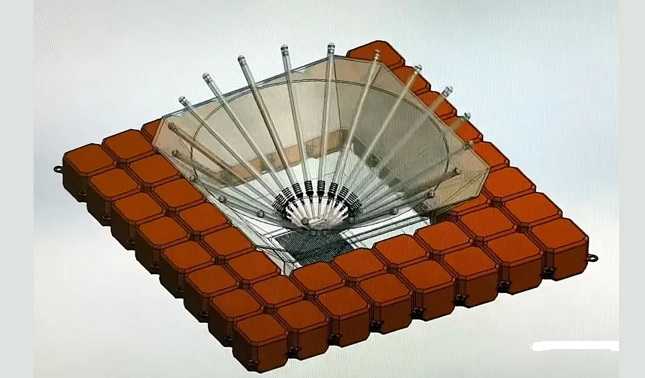- cross-posted to:
- technology@lemmy.ml
- cross-posted to:
- technology@lemmy.ml
Offers better brine handling and produces higher-purity water, making it ideal for offshore green hydrogen production. Sustainable and efficient solution with low environmental impact.



I can’t find a better explanation anywhere for how it works than “it uses condensation”
So I have to guess the seawater is evaportated directly from the waters surface or something, which would just leave all the salts in there. That would be exactly as problematic as a traditional desalination plant pumping it’s brine back into the ocean. Maybe my guess about how it works is wrong though.
Yeah, it seems to me that you only have three options when it comes to the brine, and none of them are good- bury it and hope it doesn’t get into the water table, leave it where it is and hope it doesn’t leak, or dump it back in the ocean and increase ocean salinity. I don’t see another option.
I wonder how expensive shipping brine would be… Probably very until we can get it ludicrously concentrated.
But then I imagine we could take it somewhere like the middle of an uninhabitably hot desert and just fill up a low point in the topology. The combination of distance from where people live and dry hot conditions drying it out as fast as possible would possibly work?
It wouldn’t be worth it unless shipping the brine was cheaper than just shipping clean water from places that have it to places that don’t. But who knows.